Biggest Issues of The MIPI CSI-2 Interface
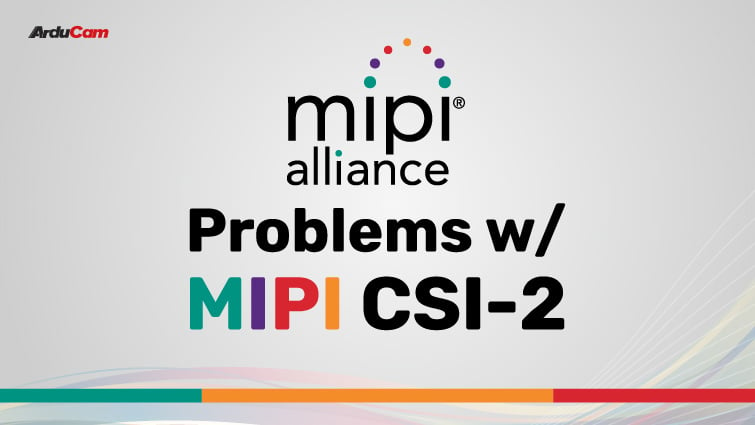
The Camera Serial Interface (CSI), a division from the MIPI Alliance, was originally designed for the mobile industry, it’s a universal camera interface solution with higher bandwidth, power efficiency, and improved scalability, overcoming the disadvantages of common parallel interfaces.
It provides a high-speed sensor interface that links a camera to a host processor, and along with the explosion of smartphones and surging demands of embedded camera systems, MIPI CSI-2 has become “currently the most widely adopted camera interface in mobile devices.”
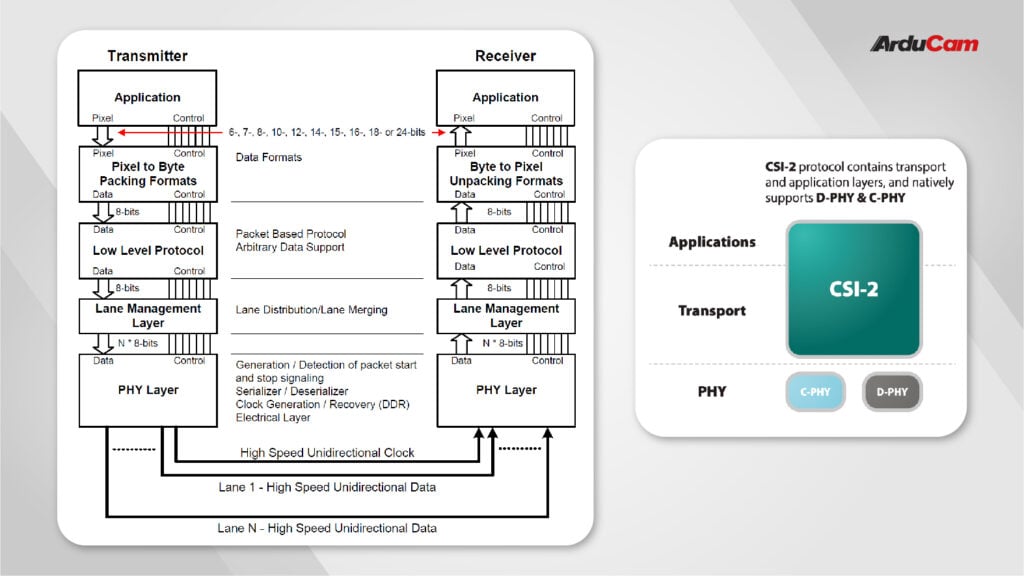
As a processor-to-camera interface, the MIPI CSI-2 protocol has a 3-layer structure, with a Physical Layer (C-PHY/D-PHY) for signaling, a Transport Layer for data transmission (Lane Management, Low-Level Protocol and Pixel-to-Byte Conversion), and an Application Layer for high-level encoding and data interpretation.
Of the bandwidth allowing up to 8k Ultra HD resolutions and 240+ frame rates, and low power consumption minimizing the processor overhead, and even lower pin count for smaller system footprints, it seems that all the good bits of the interface will lead to one conclusion:
MIPI CSI-2 is definitely the best camera interface for performance-first system designs.
This is only partly true. There are still constraints that can make the interface unfit for your actual applications:
Cable Length: For a stable connection, the maximum cable length you get with CSI-2 sits around 30 centimeters/11.8 inches, this is way too short for when the camera needs to be placed far away from the host.
Compatibility: If a portfolio of CSI-2 cameras ideally meets your application requirements, yet your hardware of choice does not offer a CSI-2 or any camera interface, there will be extra dev work on both the software and the hardware side, as a result, you will have to face delays.
Why You Need Converters
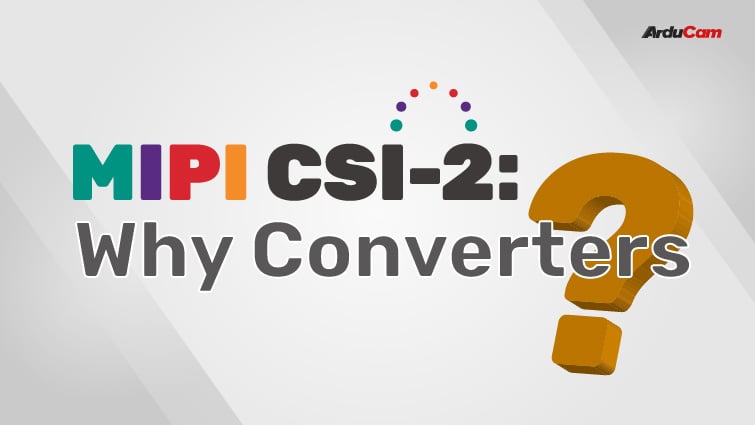
Length and compatibility issues are all fixable. By converting MIPI CSI-2 into other interfaces, you can use cameras with higher specifications on any unsupported hardware and save plenty of time on proof-of-concept development and potential future maintenance works.
Being flexible enough on the interfaces also gives you more control over the budget.
Different Types of MIPI-CSI 2 Converters/Bridges
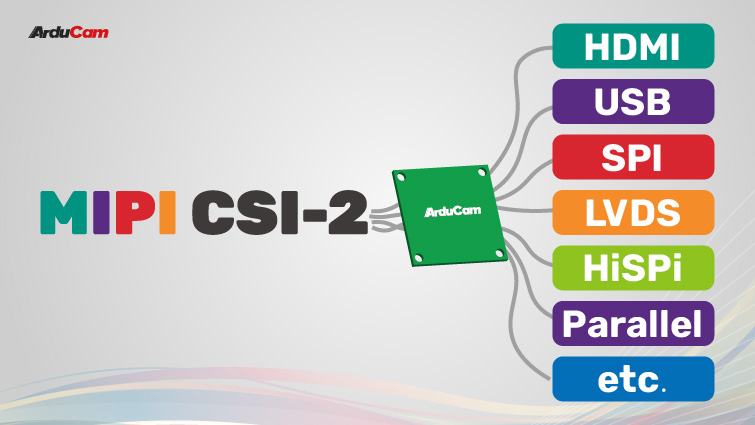
The following MIPI CSI-2 bridges/converters can extend the length limit, or help transform it into other protocols, or help merge multiple cameras into one single connection. They combine the features of other interfaces and provide you with more options for quick implementations.
MIPI CSI-2 to HDMI
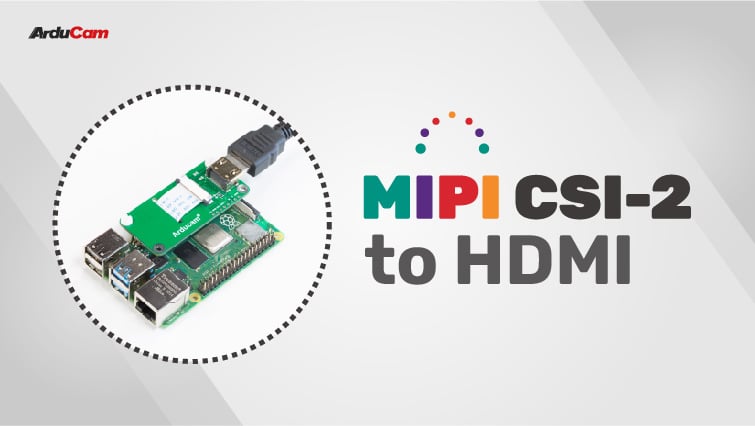
Using a MIPI CSI-2 to HDMI converter can extend the maximum cable length from 30 cm to over 10 meters, which is helpful for situations where cameras are put away from the host, and HDMI cables are more manageable.
Learn more about our MIPI to HDMI converters:
MIPI CSI-2 to USB 2.0/3.0
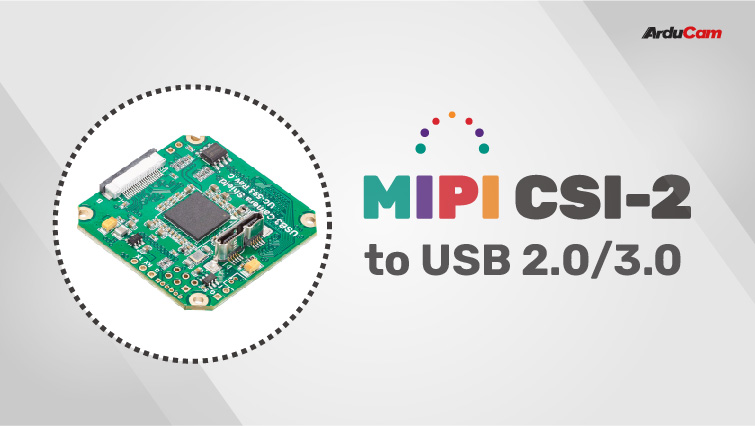
Converting CSI-2 into a USB 2.0/3.0 connection can help you test and make high-end CSI-2 cameras plug-and-playable for your applications. This can help you create camera systems that are not only compatible with any hardware but are also developer-friendly.
HDMI to MIPI CSI-2
Aside from cable-extending, you can also convert video/audio streams from HDMI into acceptable data sources, feed them into the MIPI CSI-2 for proper usages. It is practically helpful for platforms with camera serial interfaces to take HDMI data inputs.
MIPI CSI 2 TO SPI/LVDS/HiSPi/Parallel/etc.
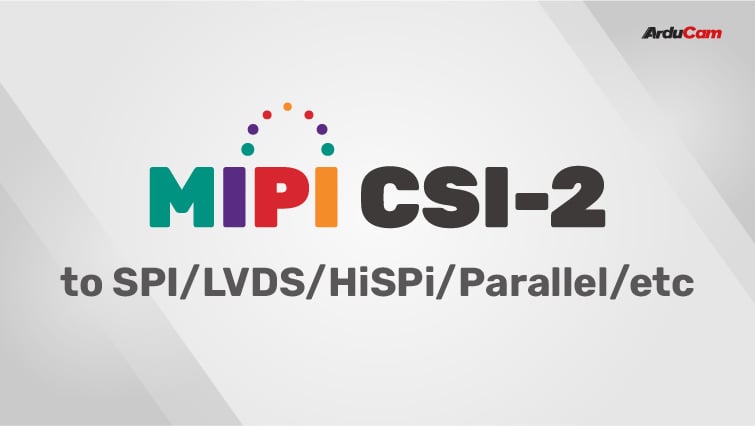
There are times where you may need to get all the captured data from a MIPI CSI-2 camera and output them to a specific interface like SPI, LVDS, HiSPi, Parallel, etc. With the proper converters, all these, including reverse conversions (SPI/LVDS/HiSPi/Parallel/etc. To MIPI), are all accomplishable.
MIPI CSI-2 Camera Mergers/Multiplexers/Synchronizers
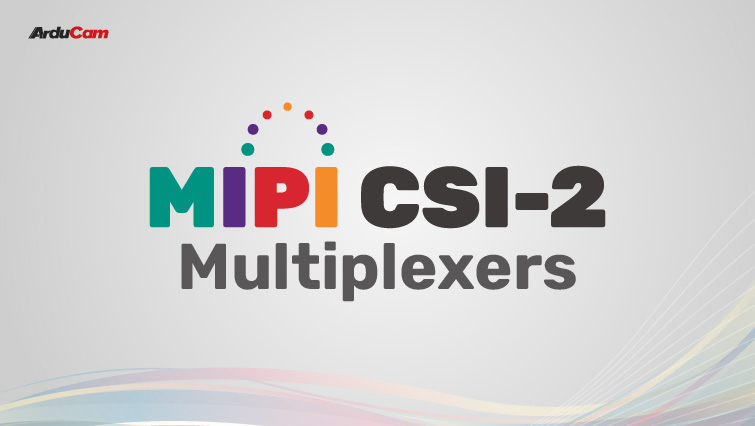
Apart from all the above converters, there is also a completely different type of bridge that, instead of changing the signals or outputting to other interfaces, either combines multiple CSI-2 cameras into a single cable connection or splits a CSI-2 interface into multiple ones. A MIPI CSI-2 merger or multiplexer can help you use multiple MIPI cameras on hardware with only one camera port. A synchronizer can make sure that all the cameras work at the same time, which is a critical factor for a wide range of stereo vision applications.


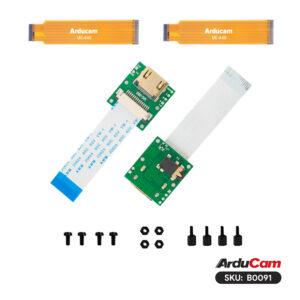

What about converters that utilize fiber optics? (eg. AHD, Ethernet, or Media converters?) Is there a way to convert to optical signal & then back to MIPI CSI interface?
Hi Kevin, we’ve already done it with ethernet & Media (HDMI).